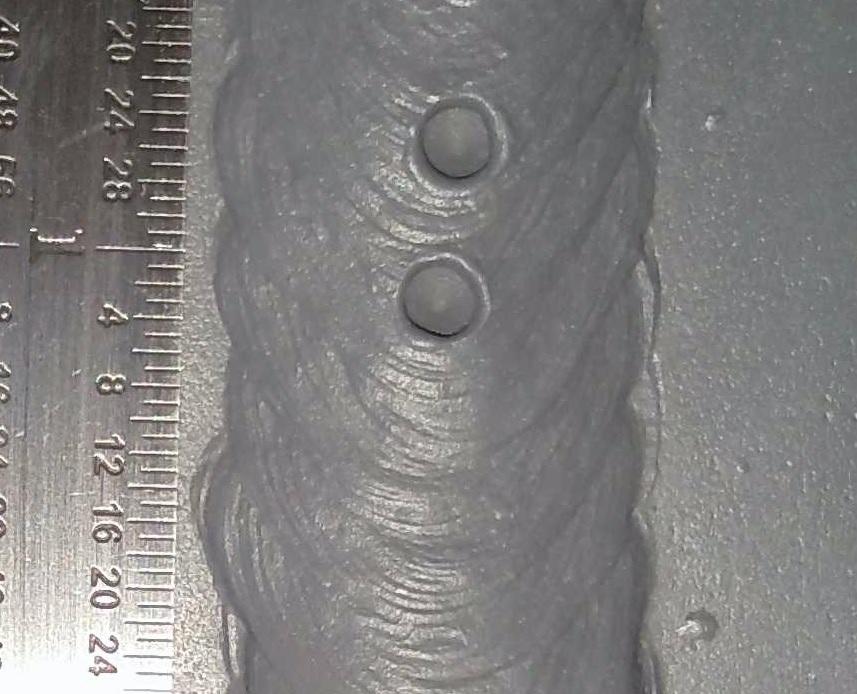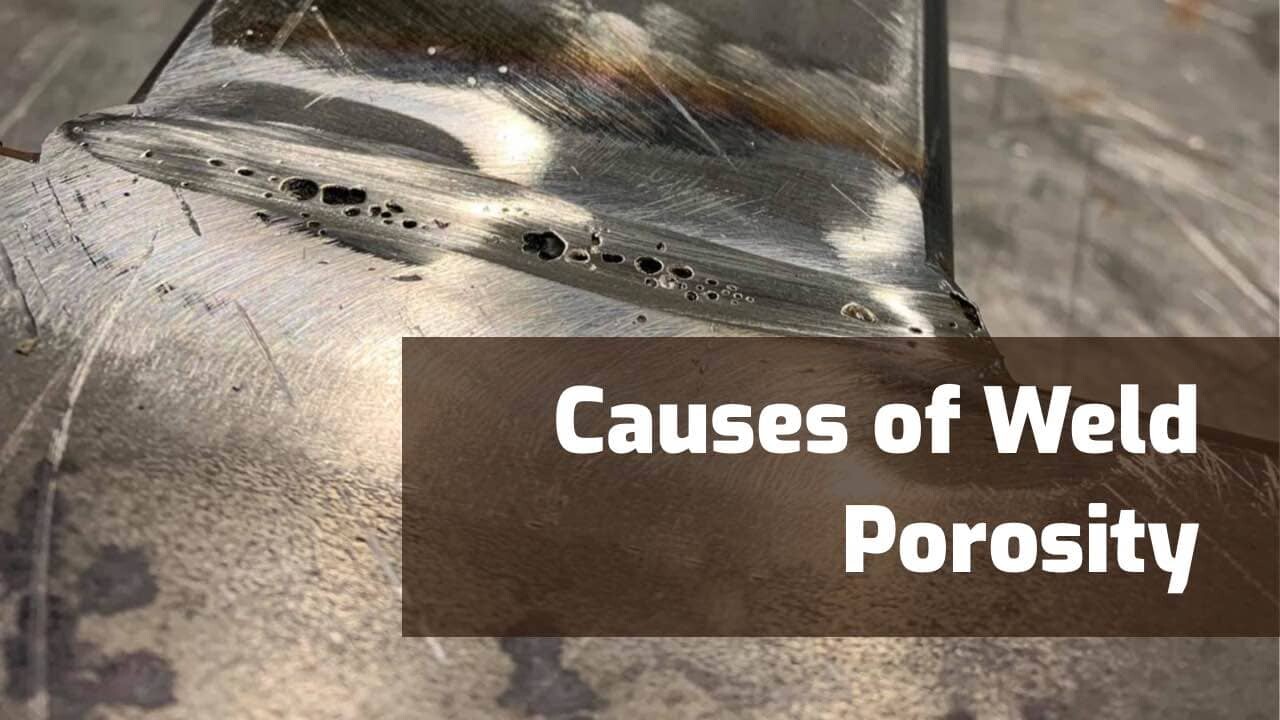Comprehending Porosity in Welding: Discovering Causes, Effects, and Avoidance Strategies
As specialists in the welding market are well mindful, understanding the reasons, impacts, and prevention strategies associated to porosity is critical for achieving durable and reliable welds. By diving right into the origin causes of porosity, examining its harmful results on weld top quality, and checking out efficient prevention methods, welders can boost their expertise and abilities to create high-grade welds continually.
Common Root Causes Of Porosity
Contamination, in the type of dust, oil, or rust on the welding surface, develops gas pockets when heated up, leading to porosity in the weld. Improper shielding occurs when the securing gas, typically made use of in processes like MIG and TIG welding, is incapable to completely secure the molten weld pool from reacting with the surrounding air, resulting in gas entrapment and subsequent porosity. Furthermore, poor gas insurance coverage, often due to wrong circulation prices or nozzle positioning, can leave components of the weld unguarded, permitting porosity to form.
Results on Weld Top Quality
The visibility of porosity in a weld can dramatically endanger the general quality and stability of the welded joint. Porosity within a weld produces gaps or tooth cavities that weaken the structure, making it more susceptible to cracking, deterioration, and mechanical failure.
Moreover, porosity can hinder the performance of non-destructive screening (NDT) methods, making it testing to discover other issues or gaps within the weld. This can bring about significant security concerns, specifically in essential applications where the architectural honesty of the bonded elements is critical.

Avoidance Techniques Introduction
Given the destructive impact of porosity on weld top quality, efficient avoidance methods are crucial to preserving the architectural integrity of welded joints. Among the key avoidance strategies is complete cleansing of the base products before welding. Impurities such as oil, grease, rust, and dampness can add to porosity, so guaranteeing a tidy work surface is necessary. Proper storage of welding consumables in completely dry problems is also critical to prevent dampness absorption, which can lead to gas entrapment during welding. Furthermore, selecting the suitable welding specifications, such as voltage, existing, and travel speed, can aid lessen the threat of porosity formation. Making sure adequate shielding gas circulation and coverage is an additional essential prevention strategy, as not enough gas insurance coverage can lead to check out this site climatic contamination and porosity. Finally, correct welder training and accreditation are important for executing preventive procedures effectively and continually. By including these avoidance methods into welding techniques, the occurrence of porosity can be substantially minimized, bring about more powerful and more dependable bonded joints.
Importance of Correct Protecting
Proper securing in welding plays an important function in preventing climatic contamination and making sure the honesty of bonded joints. Securing gases, such as argon, helium, or a combination of both, are frequently used to secure the weld swimming pool from reacting with aspects airborne like oxygen and nitrogen. When these responsive components come right into call with the warm weld swimming pool, they can trigger porosity, resulting in weak welds with decreased mechanical homes.

Poor protecting can lead to different flaws like porosity, spatter, and oxidation, compromising the structural honesty of the welded joint. Consequently, sticking to correct shielding practices is vital to generate top notch welds with marginal problems and make sure the longevity and dependability of the bonded elements (What is Porosity).
Monitoring and Control Approaches
Exactly how can welders properly monitor and manage the welding process to ensure optimum outcomes and prevent flaws like porosity? One key approach is with using innovative monitoring Read More Here innovations. These can consist of real-time surveillance systems that offer responses on parameters such as voltage, current, take a trip rate, and gas flow prices. By continually keeping an eye on these variables, welders can recognize deviations from the optimal conditions and make prompt modifications to avoid porosity formation.

Additionally, applying proper training programs for welders is crucial for checking and managing the welding process successfully. What is Porosity. Enlightening welders on the significance of maintaining regular specifications, such as correct gas shielding and travel speed, can help protect against porosity problems. Routine analyses and accreditations can additionally guarantee that welders excel in surveillance and managing welding procedures
Furthermore, making use of automated welding systems can boost tracking and control capacities. These systems can exactly manage welding parameters, decreasing the likelihood of human error and ensuring consistent weld top quality. By integrating sophisticated tracking technologies, training programs, and automated systems, welders can properly keep track of and regulate the welding process to decrease porosity flaws and achieve top notch welds.
Conclusion
